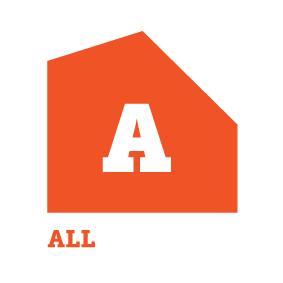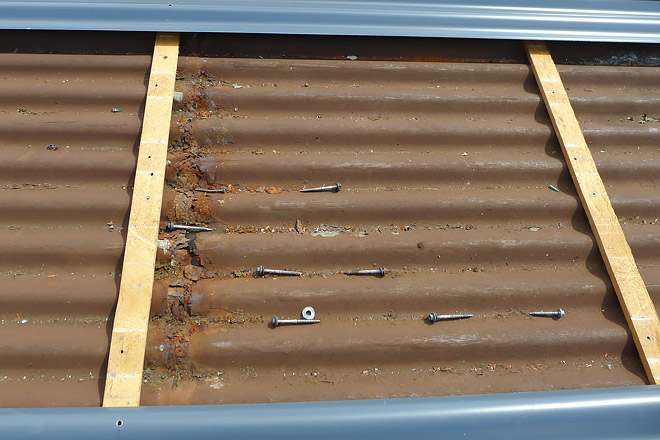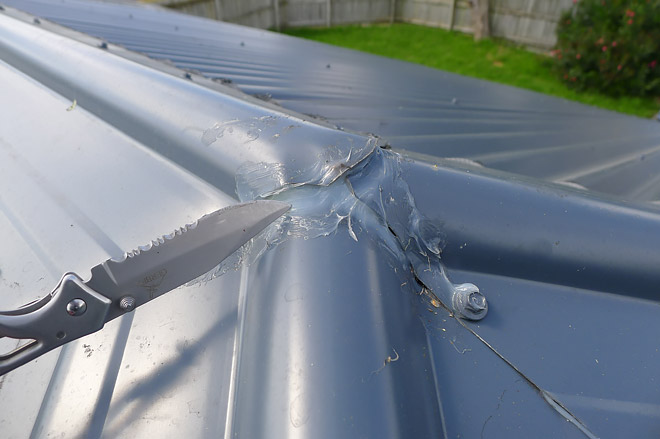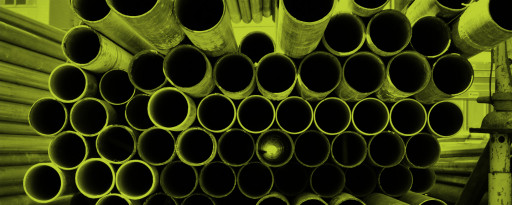Know your stuff – Exempt Building Work, Part 3
Codewords 80: September 2017
Parts 1 and 2 of this series covered off several examples of exempt building work (building work that does not require a building consent) and some of the measurable exemptions. This part, the third and final in our series, will look at exemption 1. This exemption often comes down to interpretation as opposed to an exact measurement.

As a brief recap from our previous articles, all building work requires a building consent, except for work covered by Schedule 1 of the Building Act 2004. MBIE has issued guidance on Schedule 1 with helpful and practical examples.
Building work that does not require a building consent(external link) has further information.
Don’t forget to check if you need a building consent by reading the guidance and contacting your local building consent authority. This will help you avoid fines from councils or penalties from the Building Practitioners Board (the Board).
The Board has considered a number of complaints that relate to work undertaken using Schedule 1 and has offered up the following advice for practitioners:
Licensed building practitioners have to be cautious when making enquiries as to whether a building consent is required or not. It is recommended that if they are to rely on such advice, that they:
- disclose the full extent of the building work to be undertaken;
- seek to obtain the advice in writing so that they have a means of verifying it or, if written advice cannot be obtained, that they make a contemporaneous record of the enquiry and verbal response received; and
- if in doubt seek professional advice as well from an engineer or similarly qualified person.
Exemption 1 – General repair, maintenance and replacement
Exemption 1 allows you to repair, maintain or replace building elements without needing to obtain a building consent provided a series of conditions is met. You cannot use this exemption on work that is sanitary plumbing work as this is covered by exemptions 32–38.
Condition 1
The repair and maintenance of any element incorporated in or associated with a building is exempt building work provided that comparable materials are used.
This covers general repair and maintenance but does not cover repair or replacement of an element that has failed its durability requirement under the Building Code. This may include a failure to comply with the external moisture requirements of the Building Code (such as in a leaky building). At a very high level, the Building Code Clause B2 durability requirements are:
- Easy to access and replace elements such as coatings (paint) and light fittings must last a minimum of five years.
- Moderately difficult to access and replace elements such as interior wall linings, claddings or windows must last a minimum of 15 years.
- Difficult to access and replace elements, or critical components of a building, such as structural wall framing or foundations must last a minimum of 50 years.
Building Code Clause B2 Durability(external link) has further information.
Condition 2
Replacement of any element incorporated in or associated with a building is exempt building work provided that a comparable element is used and the replacement is in the same position.
This is commonly referred to as a ‘like-for-like’ replacement but this is not technically correct. You are able to use a comparable element (not necessarily the same type of element) provided it is in the same position.
Some older products might meet the ‘comparable’ test, but may not comply with the current Building Code, eg you would not replace asbestos cladding with asbestos cladding as you would breach Clause F2 Hazardous Building Materials. The modern-day substitute is fibre-cement based sheet. If you are in any doubt a useful test is provided in Verification Method B2/AS1. The assessment of comparability is about the level of performance for a product or element.
You cannot use this exemption if you are replacing an element that is substantially contributing to the structural behaviour or fire safety properties, or most or all of a specified system (such as emergency lighting). You are also not able to use this exemption for replacement work that has failed its durability test as discussed above.
What does this actually mean?
This means that you can do a lot of repair, replacement or maintenance work without needing to obtain a building consent. It is a judgement call sometimes on whether your material is comparable or whether the element you are replacing has failed its durability requirements under the Building Code. You’ll need to do some thinking before you use this exemption.
If you have any questions about using this exemption on-site because it can be a little tough to come to a clear decision, we recommend that you either seek an ‘exemption 2’ from the council or you apply for a building consent rather than risk it. You can also check out the helpful examples in MBIE’s guidance document.
Real world learnings
In addition to this, an example of a roof replacement was recently brought to MBIE’s attention. In this instance, the roofer in question elected to reroof over an existing roof cladding, but did not do a Building Code-compliant or quality job.
Exemption 1 in Schedule 1 was utilised in this instance, but the building work failed to meet the performance requirements of the Building Code. The LBP was disciplined by the Building Practitioners Board and had his licence cancelled, however the Board decided not to publicly name the practitioner in this instance.

Reroof: fixing over existing cladding with thin timber battens and inadequate fixings.

Roof detailing: poor finishing of flashings and excessive and inappropriate use of sealant.
Quiz
1) What kind of building work is covered by exemption 1?
- New builds and repairs.
- Additions and alterations.
- Garages and maintenance.
- Repairs, replacements and maintenance.
2) In terms of Schedule 1, what else do I need to consider when replacing something with a similar component?
- The value of the work.
- Whether the new component will be Building Code compliant and will be in the same position.
- Whether I hold the right kind of LBP licence.
3) If my house has 30-year-old timber weatherboards that are beginning to degrade, can I replace them with new timber weatherboards without a building consent?
- Yes, it’s covered by exemption 1.
- No, you need a building consent regardless of anything else.
4) Do I need a building consent to install a new long-run corrugated metal roof to replace my leaking 12-year-old waterproof membrane roof?
- No, because it involves replacing a roof cladding with another roof cladding.
- No, because the replacement roof cladding is in the same position.
- Yes, because the existing roof cladding has failed its 15-year durability requirement.
Check answers
1) What kind of building work is covered by exemption 1?
d. Repairs, replacements and maintenance.
2) In terms of Schedule 1, what else do I need to consider when replacing something with a similar component?
b. Whether the new component will be Building Code compliant and will be in the same position.
3) If my house has 30-year-old timber weatherboards that are beginning to degrade, can I replace them with new timber weatherboards without a building consent?
a. Yes, it’s covered by exemption 1.
4) Do I need a building consent to install a new long-run corrugated metal roof to replace my leaking 12-year-old waterproof membrane roof?
c. Yes, because the existing roof cladding has failed its 15-year durability requirement.
